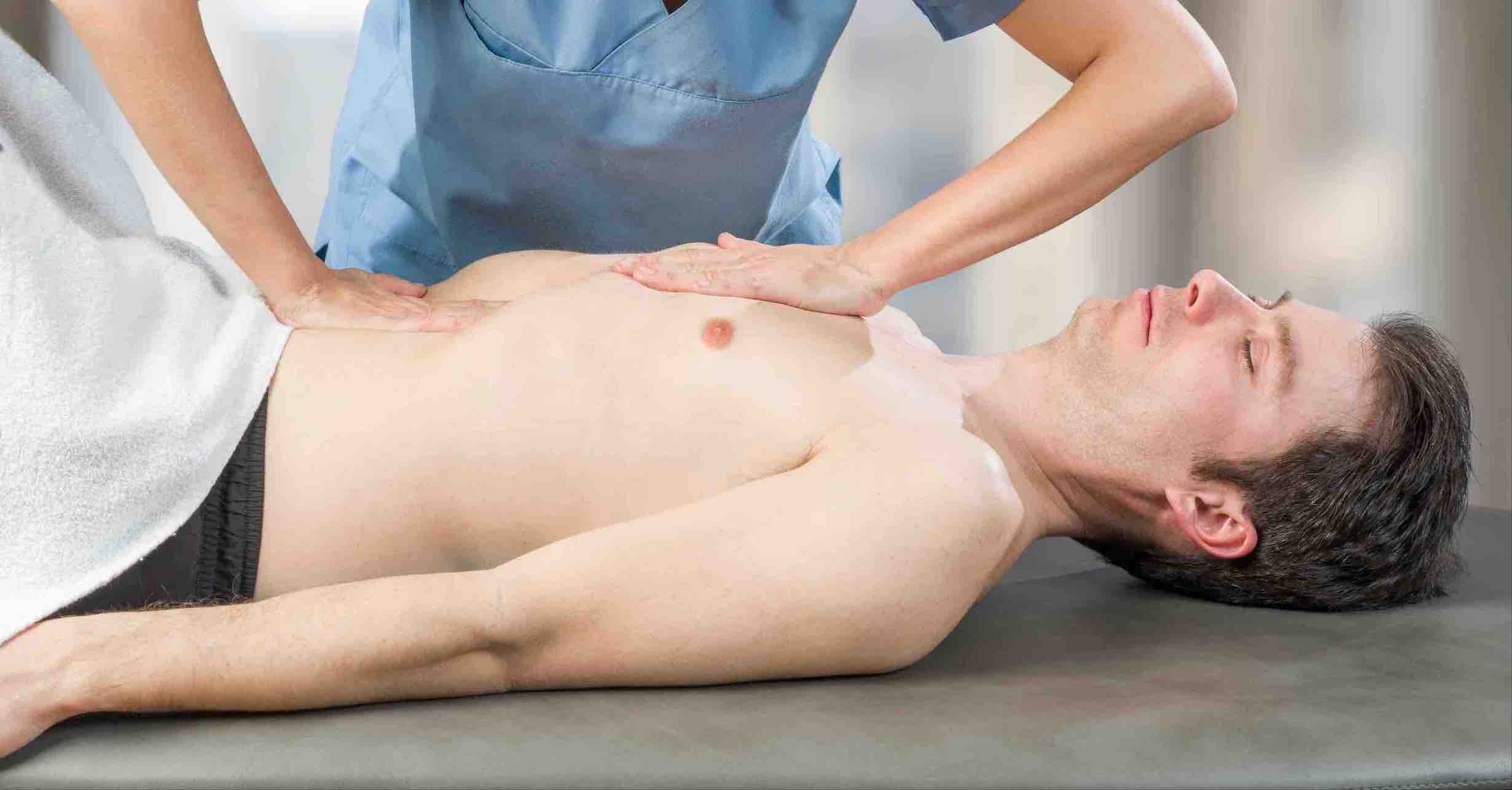The diaphragm is an often-overlooked muscle located below the rib cage, with the sole purpose of expanding the rib cage to allow for inspiration and expiration during a breath. The strength of your diaphragm and core stability go hand-in-hand. This is because, when breathing, the diaphragm contracts before your core can stabilise and protect the spine. If your breathing is shallow, this means your diaphragm is underused, which can leave your lumbar spine vulnerable to compensations, injury and pain.
Diaphragm and Core Stability
Because the diaphragm is located centrally, in the middle of the body, it has many attachments to other muscles nearby. This includes connections to the thoracic and lumbar erectors, quadratus lumborum, the psoas, as well as the transverse abdominal muscles. This makes your diaphragm a core muscle.
Diaphragm Facilitation
Because of the diaphragm’s central location, it is often easily facilitated. This means it has a tendency to become overactive and take over (compensate) for the other muscles nearby.
There are many causes of diaphragm facilitation. The diaphragm can become facilitated due to emotional stress, which can cause it to contract. It may also become facilitated with poor breathing habits where the accessory muscles of breathing, the scalenes, upper traps and intercostal muscles become overworked. The diaphragm, along with the upper trapezius, neck extensors, pectoralis minor, iliacus, and the jaw muscles, can be one of the most facilitated muscles in the body.
Because the diaphragm has such a close connection to the core and breath, maintaining good core strength and breathing patterns are the most important things you can do to prevent the diaphragm from becoming over facilitated.
If you think you have a facilitated or dysfunctional diaphragm, get it assessed by a professional. Your diaphragm is a vitally important muscle and when it is dysfunctional it can create imbalance throughout the rest of your body.
Strengthening the Diaphragm
The good news is, you can actually train both the core and breath at the same time to enable your diaphragm to function optimally. The easiest way to do this is to include controlled breathing when doing deep TVA (transverse abdominis) based core work.
Things like planks, dead bugs and side planks performed with control and with good breathing are great exercises to maintain a healthy diaphragm. Pilates is also an amazing way to train your core, breath and diaphragm at the same time as pilates focuses on strong breathing while activating the core. Regularly doing these exercises can greatly benefit your postural alignment, diaphragm and core stability.
Want to find out more about proper breathing? Check out these blogs:
- Is Your Breathing Causing Bad Posture?
- Is Your Breathing Affecting Your Health? Use Proper Breathing Techniques
- Is a Weak Core Affecting Your Breathing?
Contact Dr Miki to Improve Your Diaphragm and Core Stability
If you would like to have your diaphragm tested or released, I would love to help. I work on breath work with a lot of my patients and have great techniques for releasing the diaphragm. Please contact my Brisbane CBD chiropractic clinic for more information or see online for appointment times.









